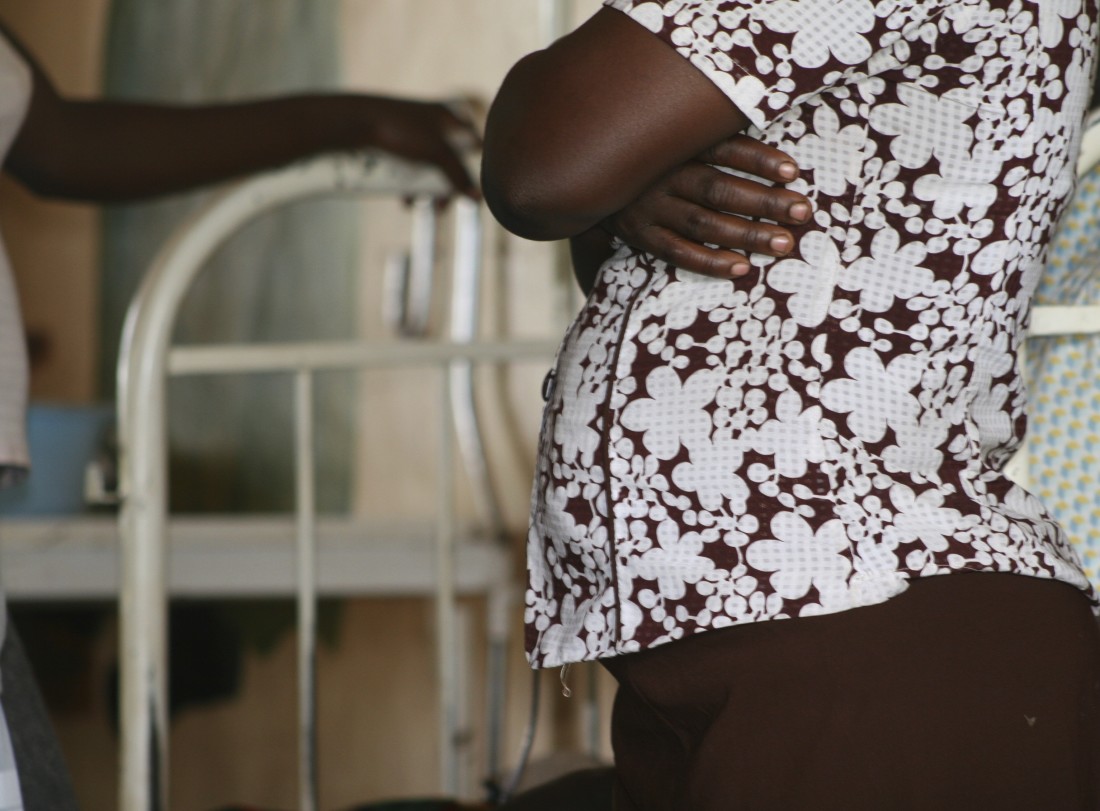Simple interventions could save hundreds of thousands of babies
Premature birth is the world’s largest killer of newborn babies. Each year, more than 1 million preemies die, yet, 75% could be saved–without expensive, high technology care. In developed countries like the US and the UK, many people associate premature babies with high-tech neonatal intensive care units (NICUs), where specialized equipment, highly trained doctors and round-the-clock care help save the tiniest babies, some born as early as 23 weeks gestation. As a result, the mortality rate for premature babies in the developed world has declined dramatically over the last few decades.
But the dramatic decline in premature baby mortality began even before neonatal intensive care became widely available. Public health campaigns, antibiotics, and simple interventions made all the difference.
The same thing can be done in the developing world and other underserved areas. While babies born at 30 weeks or earlier do require intensive care and likely won’t survive the low-resource setting, preterm babies born later than 30 weeks often have a chance– if the appropriate actions are taken in the minutes and hours immediately following birth.
Simple method for keeping pre-term babies alive
1. Stimulation for breathing
When a baby isn’t breathing immediately after birth, an untrained attendant or mother may mistakenly assume it to be stillborn, leaving the baby to die. It is estimated that over 800,000 babies around the world die this way each year. By providing gentle stimulation and clearing the airway with a suction device within the first minute after birth, most of these babies will start breathing. Programs like Helping Babies Breathe, have made significant progress in training hospital workers on these simple techniques. But there are still millions of health workers and even more mothers around the world that these programs have not yet been able to reach.
2. Hygienic care of the umbilical cord
Clean birth practices, particularly while clamping and caring for the umbilical cord, can dramatically reduce a small baby’s risk of infection during its first days of life. Simply applying topical antibiotic ointments to the cord after birth can save a life.
3. Keeping babies warm
Small babies have little fat on their bodies, and can’t maintain their own temperature. Extra care is needed to keep them warm during the first days of life. The best way is to dry them immediately after birth, delay bathing the baby for at least one day, and to keep them in skin-to-skin contact with the mother for as much time as possible.
4. Early and exclusive breastfeeding
Breast milk is the best nutrition to help preterm babies survive and grow, and to provide them with much-needed protection against infection. But, the most significant benefits of breastfeeding – increased milk production, better infection protection, warmth for the baby, and greater bonding between mother and child—occur when mothers begin nursing their babies early and exclusively. Many women and families in underserved areas and throughout the developing world are not yet aware of the need to initiate breastfeeding within the first hour after birth. Some hold cultural beliefs that discourage early breastfeeding. Mothers of premature babies may need additional support for pumping and storing breast milk if their baby is not able to be breastfed right away. Some preemies will also require the breast milk to be fortified or supplemented with special formulas to ensure they get all the calories they need to grow.
If saving premature babies is so easy, why are these things not being done already in low-resource areas? The answer to this question is not simple. But, lack of knowledge among birth attendants and parents about these interventions, severe shortages of skilled workers, and limited availability of resources and supplies are some of the challenges. Oftentimes, social and cultural barriers are also present. Women and families may believe that premature babies have no chance at survival, or that they are “ugly” and therefore not worthy of care. So often these babies are set aside after birth with no action taken to save or provide care to them.
This is where Pebbles of Hope and the many organizations we support can help. We are creating and funding the development of educational materials – to be distributed digitally and through partners on the ground – that will educate parents and birth attendants on these and other simple interventions that can save lives. Please check back regularly to get updates on the progress of all of our programs to help the world’s smallest babies survive and thrive.


No Comments